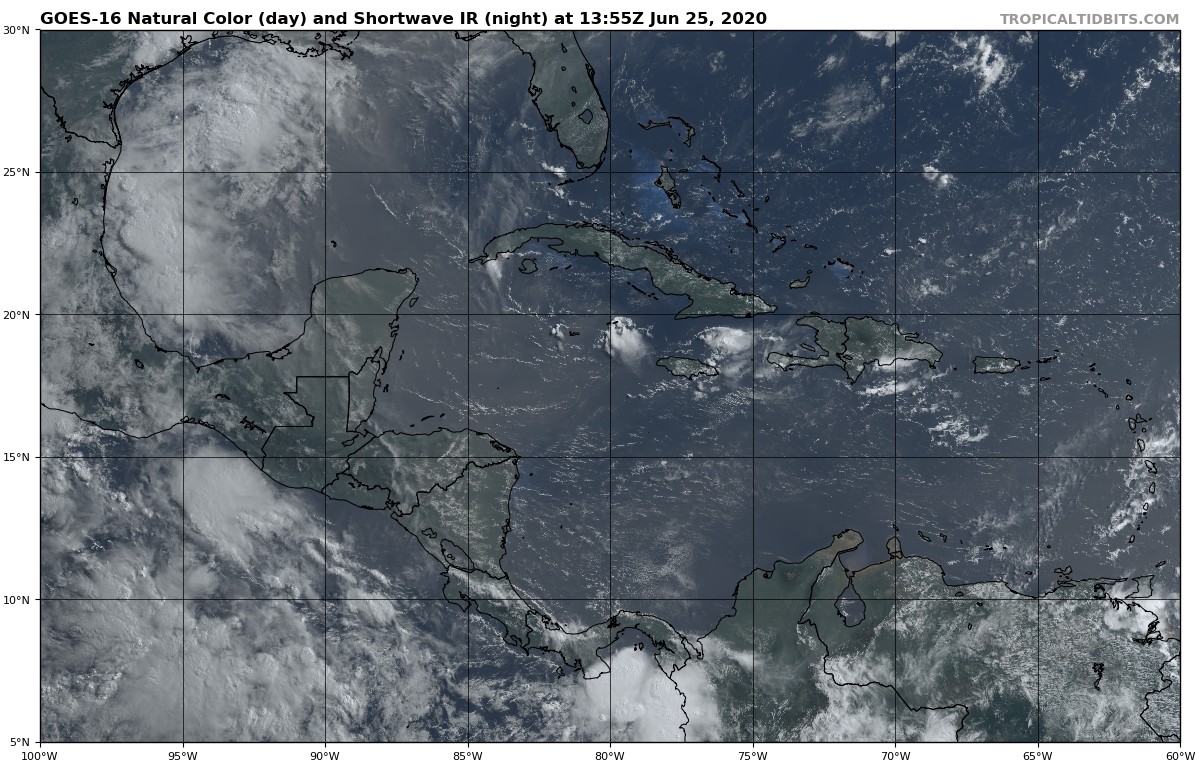Shell Mound wrote:JPmia wrote:SFLcane wrote:
Yep...Let’s put this recurve discussion to bed now! This has been my concern to this point. Get ready folks
They're also mentioning that the high pressure pattern is a little further north than previous years...anyone get that? and if so, let's discuss what that could mean.
Looking at data for the IOD back to 1871, I found that most of the major hurricanes to hit (mainland) Southeast Florida coincided with a -IOD, including the big hits of 1888, 1926, 1928, 1933, 1945, 1947, 1950, 1965, and 1992. (If the Keys are included, then MH hits in 1929, 1935, and 1960 also occurred during -IOD events.) Only one MH hit—that of 1949—coincided with an +IOD. (If the Keys are included, then Irma in 2017 also coincided with an +IOD event.) According to the data, +IOD events during the peak of the Atlantic hurricane season have become much more frequent in the last twenty-five years than at any similar period since 1871. This may explain why we have seen fewer MH impacts on Southeast FL and the U.S. East Coast generally since the recent +AMO began in 1995. Based on ESRL 500-mb data, -IOD events tend to promote greater N-S (meridional) orientation of ridging, whereas +IOD events tend to facilitate E-W (zonal) “bridging” of ridging. In the latter situation, there tend to be more cutoff lows or TUTTs beneath the northward-displaced ridge, thereby inducing tracks either offshore or toward the Carolinas and/or Caribbean/GoM.
As an aside, does anyone know why the most recent CFSv2 runs have been depicting a relatively strong TUTT over the western MDR during ASO?
On another note:
https://twitter.com/MJVentrice/status/1276114242551402499
https://twitter.com/MJVentrice/status/1276114243746697219
https://twitter.com/MJVentrice/status/1276114247739736064
https://twitter.com/MJVentrice/status/1276114256040210435
https://twitter.com/MJVentrice/status/1276114258116464642












